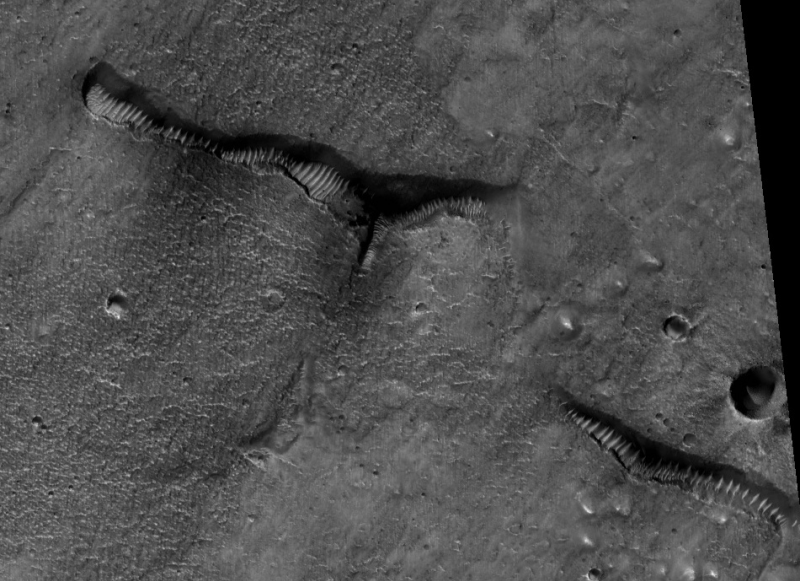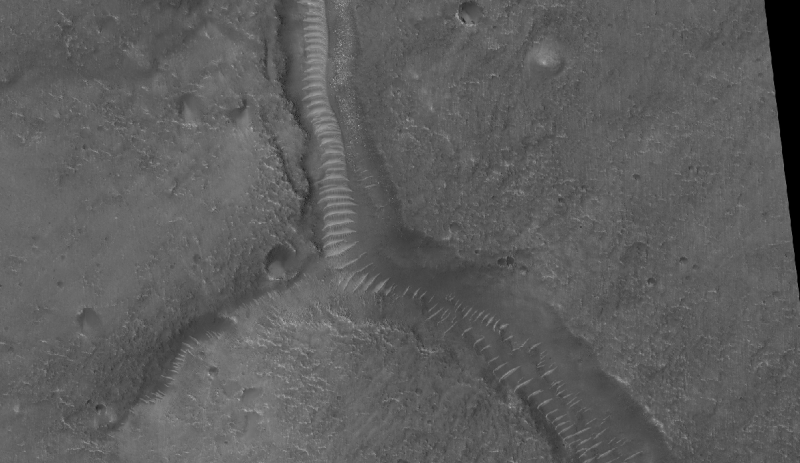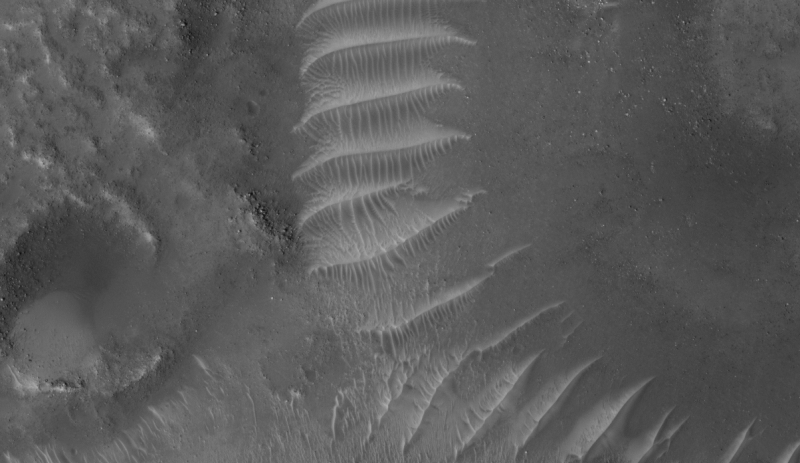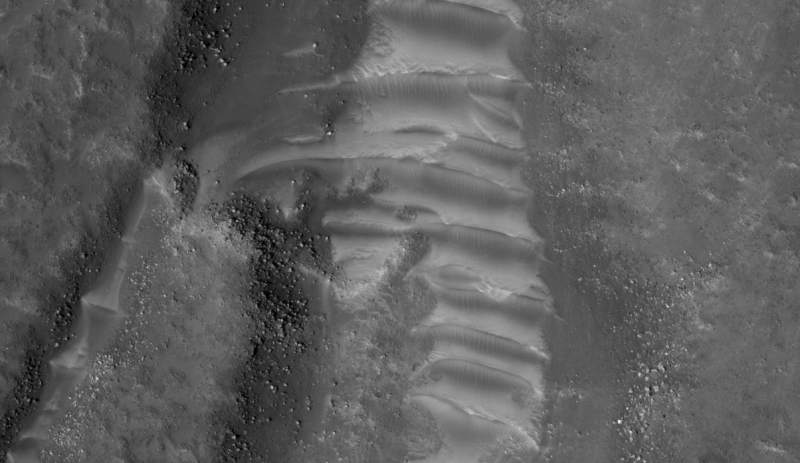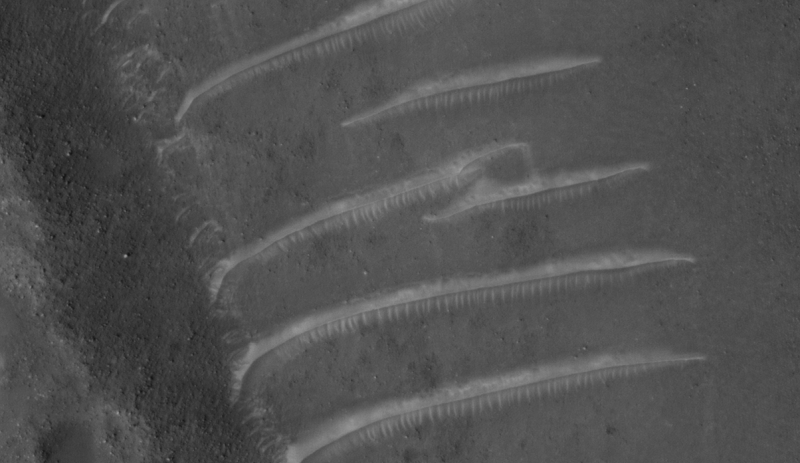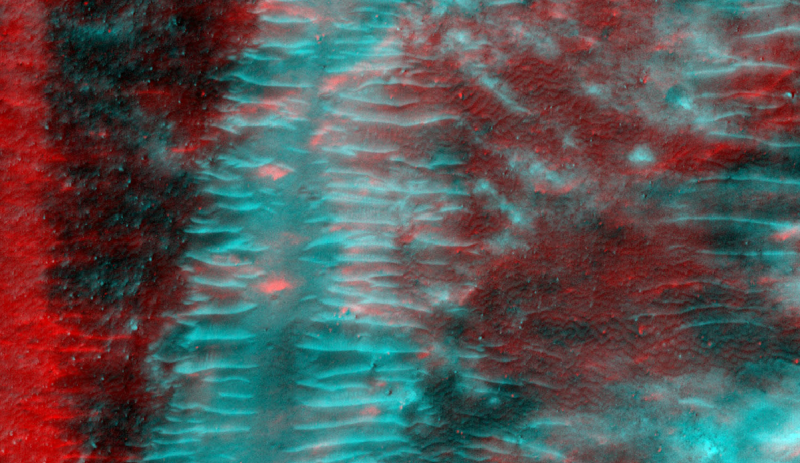- Thank you received: 0
My pareidolia knows no bounds.
- pareidoliac
-
- Offline
- Elite Member
-

Less
More
11 years 1 month ago #22126
by pareidoliac
Replied by pareidoliac on topic Reply from fred ressler
There are tons of 3D pareidolic rock faces.
Please Log in or Create an account to join the conversation.
11 years 1 month ago #22162
by rderosa
Replied by rderosa on topic Reply from Richard DeRosa
<blockquote id="quote"><font size="2" face="Verdana, Arial, Helvetica" id="quote">quote:<hr height="1" noshade id="quote"><i>Originally posted by pareidoliac</i>
<br />There are tons of 3D pareidolic rock faces.
<hr height="1" noshade id="quote"></blockquote id="quote"></font id="quote">True. Do you remember the long drawn out discussion on the subject of pareidolia vis a vi 3D vs 2D? I think it was mostly between Tom and I and bordered on an argument.
rd
<br />There are tons of 3D pareidolic rock faces.
<hr height="1" noshade id="quote"></blockquote id="quote"></font id="quote">True. Do you remember the long drawn out discussion on the subject of pareidolia vis a vi 3D vs 2D? I think it was mostly between Tom and I and bordered on an argument.
rd
Please Log in or Create an account to join the conversation.
11 years 1 month ago #22186
by rderosa
Replied by rderosa on topic Reply from Richard DeRosa
Pareidolia (all) is actually a subset of Apophenia, the experience of seeing patterns or connections in random or meaningless data. Apophenia is a more generalized case of the same phenomenon.
en.wikipedia.org/wiki/Apophenia
From Wiki:
<b>Meanings and forms</b>
In 1958, Klaus Conrad published a monograph entitled Die beginnende Schizophrenie. Versuch einer Gestaltanalyse des Wahns ("The onset of schizophrenia. Attempt to shape analysis of delusion", not yet translated or published in the English language),[1] in which he described in groundbreaking detail the prodromal mood and earliest stages of schizophrenia. He coined the word "Apophnie" to characterize the onset of delusional thinking in psychosis. This neologism is translated as "apophany", from the Greek apo [away from] + phaenein [to show], to reflect the fact that the schizophrenic initially experiences delusion as revelation.[4] In contrast to epiphany, however, apophany does not provide insight into the true nature of reality or its interconnectedness, but is a "process of repetitively and monotonously experiencing abnormal meanings in the entire surrounding experiential field", which are entirely self-referential, solipsistic and paranoid: "being observed, spoken about, the object of eavesdropping, followed by strangers".[5] In short, "apophenia" is a misnomer that has taken on a *******ized meaning never intended by Conrad when he coined the neologism "apophany".
In 2008, Michael Shermer coined the word "patternicity", defining it as "the tendency to find meaningful patterns in meaningless noise".[6][7] In The Believing Brain (2011), Shermer says that we have "the tendency to infuse patterns with meaning, intention, and agency", which Shermer calls "agenticity".[8] In 2011, psychologist David Luke proposed that apophenia is one end of a spectrum and that the opposite behaviour, the tendency to attribute chance probability to apparently patterned data, can be called "randomania". Luke indicates that this often happens in the hand waving away of everyday phenomena, such as apparent dream precognition, and that this occurs even if scientific research suggests that the phenomena may be genuine.[9]
<b>Statistics</b>
In statistics, apophenia is an example of a Type I error the identification of false patterns in data.[10] It may be compared with a so-called false positive in other test situations.
<b>Pareidolia</b>
Main article: Pareidolia
Pareidolia is a type of apophenia involving the perception of images or sounds in random stimuli, for example, hearing a ringing phone while taking a shower. The noise produced by the running water gives a background from which the brain perceives there to be patterned sound of a ringing phone. A more common human experience is perceiving faces in inanimate objects: the headlights and grill of an automobile can appear to be "grinning", individuals around the world can see the "Man in the Moon".[11]
<b>Gambling</b>
Apophenia is heavily documented as a source of rationale behind gambling, with gamblers imagining they see patterns in the occurrence of numbers in lotteries, roulette wheels, and even cards.[12] One variation of this is known as the Gambler's Fallacy.
<b>A Beautiful Mind (film)</b>
The movie, starring Russel Crowe is probably the most famous example of Apophenia in film:
www.imdb.com/title/tt0268978/
rd
en.wikipedia.org/wiki/Apophenia
From Wiki:
<b>Meanings and forms</b>
In 1958, Klaus Conrad published a monograph entitled Die beginnende Schizophrenie. Versuch einer Gestaltanalyse des Wahns ("The onset of schizophrenia. Attempt to shape analysis of delusion", not yet translated or published in the English language),[1] in which he described in groundbreaking detail the prodromal mood and earliest stages of schizophrenia. He coined the word "Apophnie" to characterize the onset of delusional thinking in psychosis. This neologism is translated as "apophany", from the Greek apo [away from] + phaenein [to show], to reflect the fact that the schizophrenic initially experiences delusion as revelation.[4] In contrast to epiphany, however, apophany does not provide insight into the true nature of reality or its interconnectedness, but is a "process of repetitively and monotonously experiencing abnormal meanings in the entire surrounding experiential field", which are entirely self-referential, solipsistic and paranoid: "being observed, spoken about, the object of eavesdropping, followed by strangers".[5] In short, "apophenia" is a misnomer that has taken on a *******ized meaning never intended by Conrad when he coined the neologism "apophany".
In 2008, Michael Shermer coined the word "patternicity", defining it as "the tendency to find meaningful patterns in meaningless noise".[6][7] In The Believing Brain (2011), Shermer says that we have "the tendency to infuse patterns with meaning, intention, and agency", which Shermer calls "agenticity".[8] In 2011, psychologist David Luke proposed that apophenia is one end of a spectrum and that the opposite behaviour, the tendency to attribute chance probability to apparently patterned data, can be called "randomania". Luke indicates that this often happens in the hand waving away of everyday phenomena, such as apparent dream precognition, and that this occurs even if scientific research suggests that the phenomena may be genuine.[9]
<b>Statistics</b>
In statistics, apophenia is an example of a Type I error the identification of false patterns in data.[10] It may be compared with a so-called false positive in other test situations.
<b>Pareidolia</b>
Main article: Pareidolia
Pareidolia is a type of apophenia involving the perception of images or sounds in random stimuli, for example, hearing a ringing phone while taking a shower. The noise produced by the running water gives a background from which the brain perceives there to be patterned sound of a ringing phone. A more common human experience is perceiving faces in inanimate objects: the headlights and grill of an automobile can appear to be "grinning", individuals around the world can see the "Man in the Moon".[11]
<b>Gambling</b>
Apophenia is heavily documented as a source of rationale behind gambling, with gamblers imagining they see patterns in the occurrence of numbers in lotteries, roulette wheels, and even cards.[12] One variation of this is known as the Gambler's Fallacy.
<b>A Beautiful Mind (film)</b>
The movie, starring Russel Crowe is probably the most famous example of Apophenia in film:
www.imdb.com/title/tt0268978/
rd
Please Log in or Create an account to join the conversation.
11 years 1 month ago #22187
by rderosa
Replied by rderosa on topic Reply from Richard DeRosa
One of the most famous examples of apophenia in the arena of so-called Martian Art were "the glass tubes". One of the early images that were used was MOC M1501228:
www.msss.com/moc_gallery/m13_m18/images/M15/M1501228.html
Many mysterious theories were built around the tubes, and even TVF was swayed for a while. Images like this started to appear in articles and on TV:
Then HiRise came along, and the tubes, well naturally, turned out to be as natural as one can imagine for the Martian Landscape. Not surprising to those of us who understood Apophenia and its child Pareidolia:
hirise-pds.lpl.arizona.edu/PDS/EXTRAS/RD...2170_RED.abrowse.jpg
As the saying goes: And another one bites the dust.
What is most interesting about the issue of apophenia is that there are no faces involved, but rather form and function is imagined where there is none.
rd
www.msss.com/moc_gallery/m13_m18/images/M15/M1501228.html
Many mysterious theories were built around the tubes, and even TVF was swayed for a while. Images like this started to appear in articles and on TV:
Then HiRise came along, and the tubes, well naturally, turned out to be as natural as one can imagine for the Martian Landscape. Not surprising to those of us who understood Apophenia and its child Pareidolia:
hirise-pds.lpl.arizona.edu/PDS/EXTRAS/RD...2170_RED.abrowse.jpg
As the saying goes: And another one bites the dust.
What is most interesting about the issue of apophenia is that there are no faces involved, but rather form and function is imagined where there is none.
rd
Please Log in or Create an account to join the conversation.
11 years 1 month ago #22564
by rderosa
Replied by rderosa on topic Reply from Richard DeRosa
And for the final nail in the coffin of "The Tubes", we have the Jp2 HiRise image PSP_007230_2170 (all 2 Gig of it):
hirise.lpl.arizona.edu/PSP_007230_2170
Here are 5 images of the same tubes referenced in the previous two messages, at resolutions from 10% to 100% of the original HiRise acquisition resolution:
10%:
25%:
50%_a
50%_b [slightly different location - not a zoom-in of above images]
100% [slightly different location - not a zoom-in of above images]
It's important that you understand that these are very good depictions. It's as if we're hovering above, looking at it. This is what it is. It is what it is. And they aren't "Tubes" used to transport Martians around the caverns of Mars on their way to and from the Martian Stock Exchange (MRXE). Come to grips with it people. It's over. It's a barren wasteland.
From the highest resolution Anaglyph:
rd
hirise.lpl.arizona.edu/PSP_007230_2170
Here are 5 images of the same tubes referenced in the previous two messages, at resolutions from 10% to 100% of the original HiRise acquisition resolution:
10%:
25%:
50%_a
50%_b [slightly different location - not a zoom-in of above images]
100% [slightly different location - not a zoom-in of above images]
It's important that you understand that these are very good depictions. It's as if we're hovering above, looking at it. This is what it is. It is what it is. And they aren't "Tubes" used to transport Martians around the caverns of Mars on their way to and from the Martian Stock Exchange (MRXE). Come to grips with it people. It's over. It's a barren wasteland.
From the highest resolution Anaglyph:
rd
Please Log in or Create an account to join the conversation.
11 years 1 month ago #22565
by rderosa
Replied by rderosa on topic Reply from Richard DeRosa
NASA/JPL could end this thing tomorrow if they were so inclined. Just get me "Nefertiti" or "Parrotopia" or "Skullface" straight on, like you are aiming the camera to center them, and it ends the next day.
No more controversy.
rd
No more controversy.
rd
Please Log in or Create an account to join the conversation.
Time to create page: 0.515 seconds


